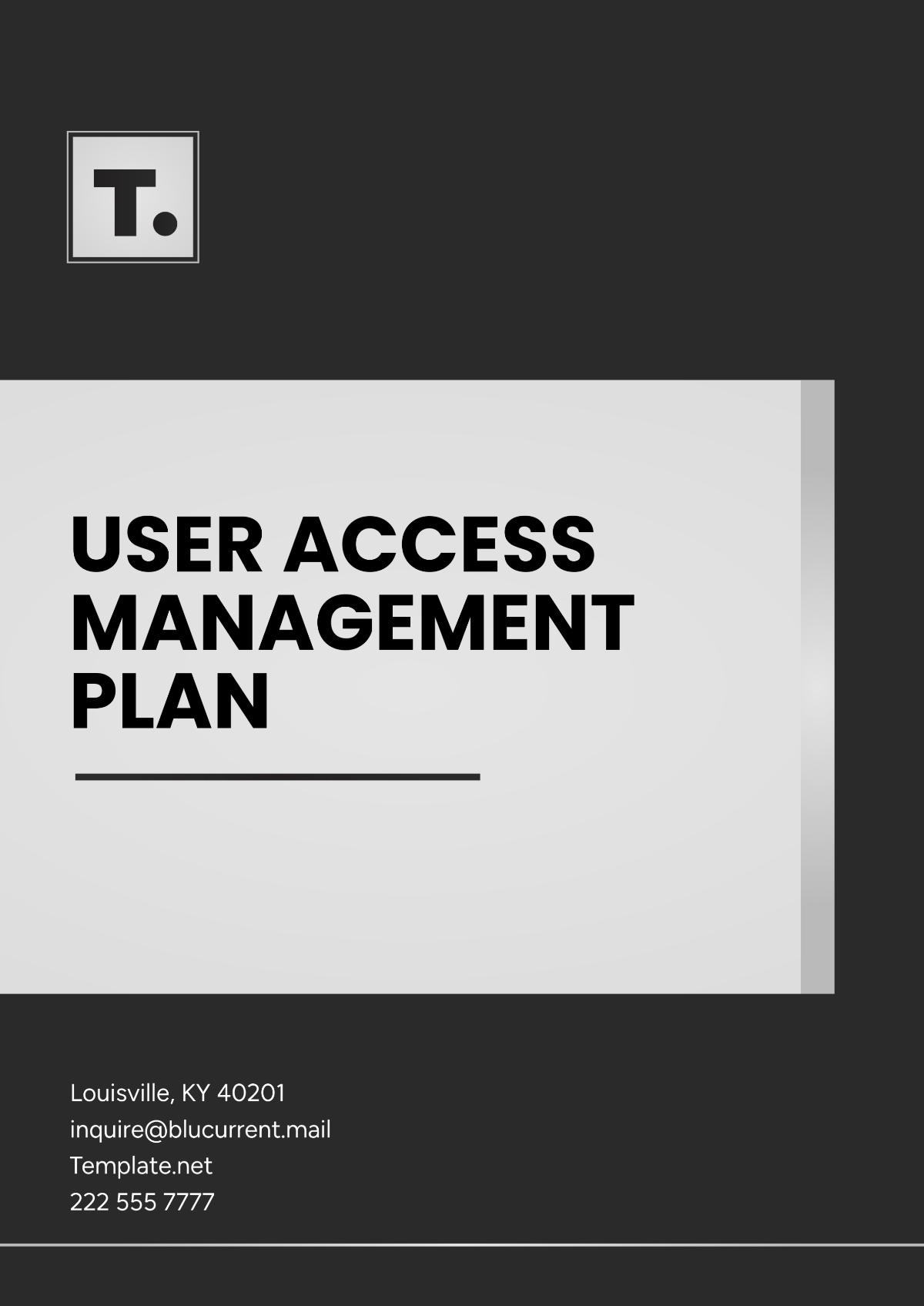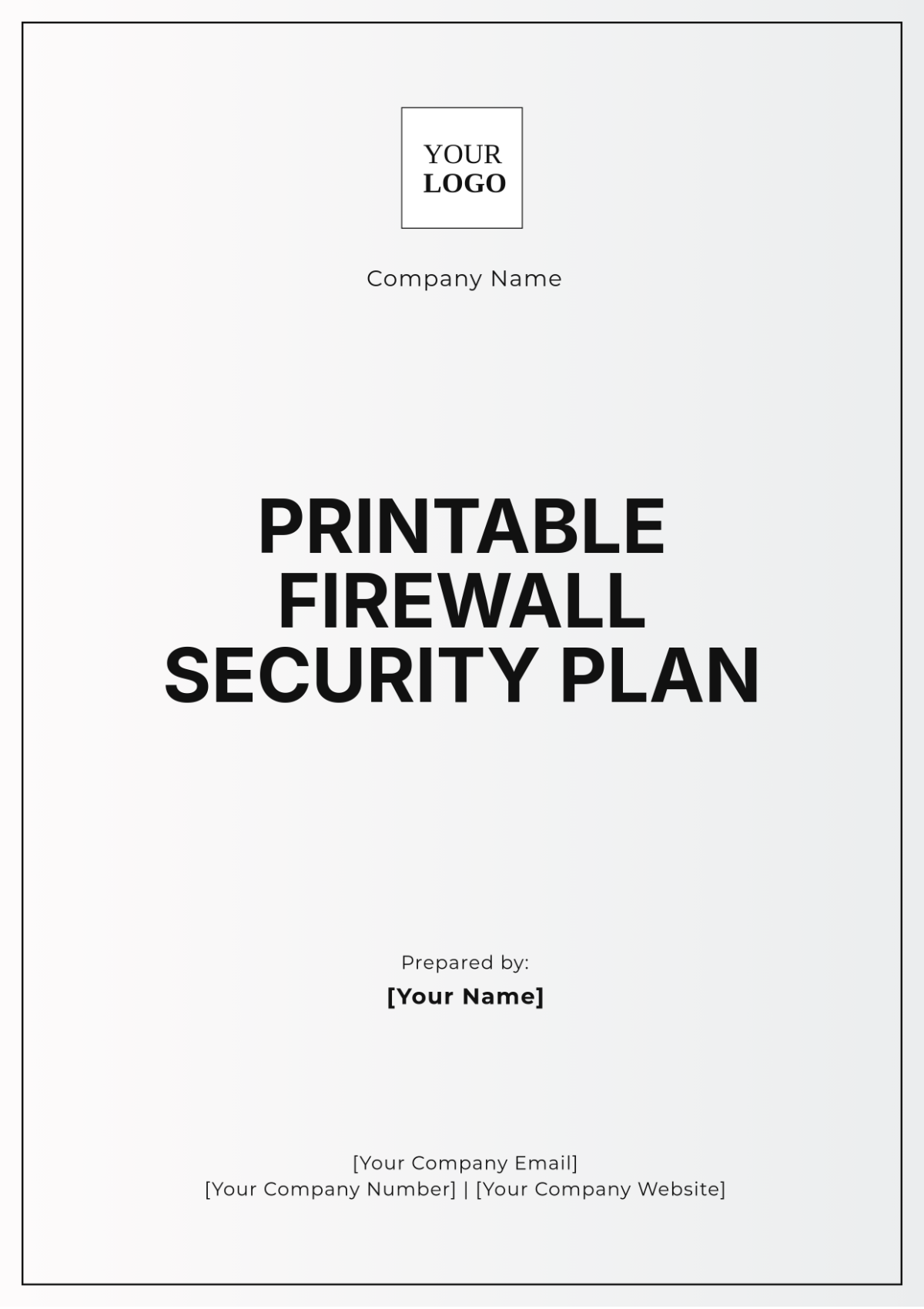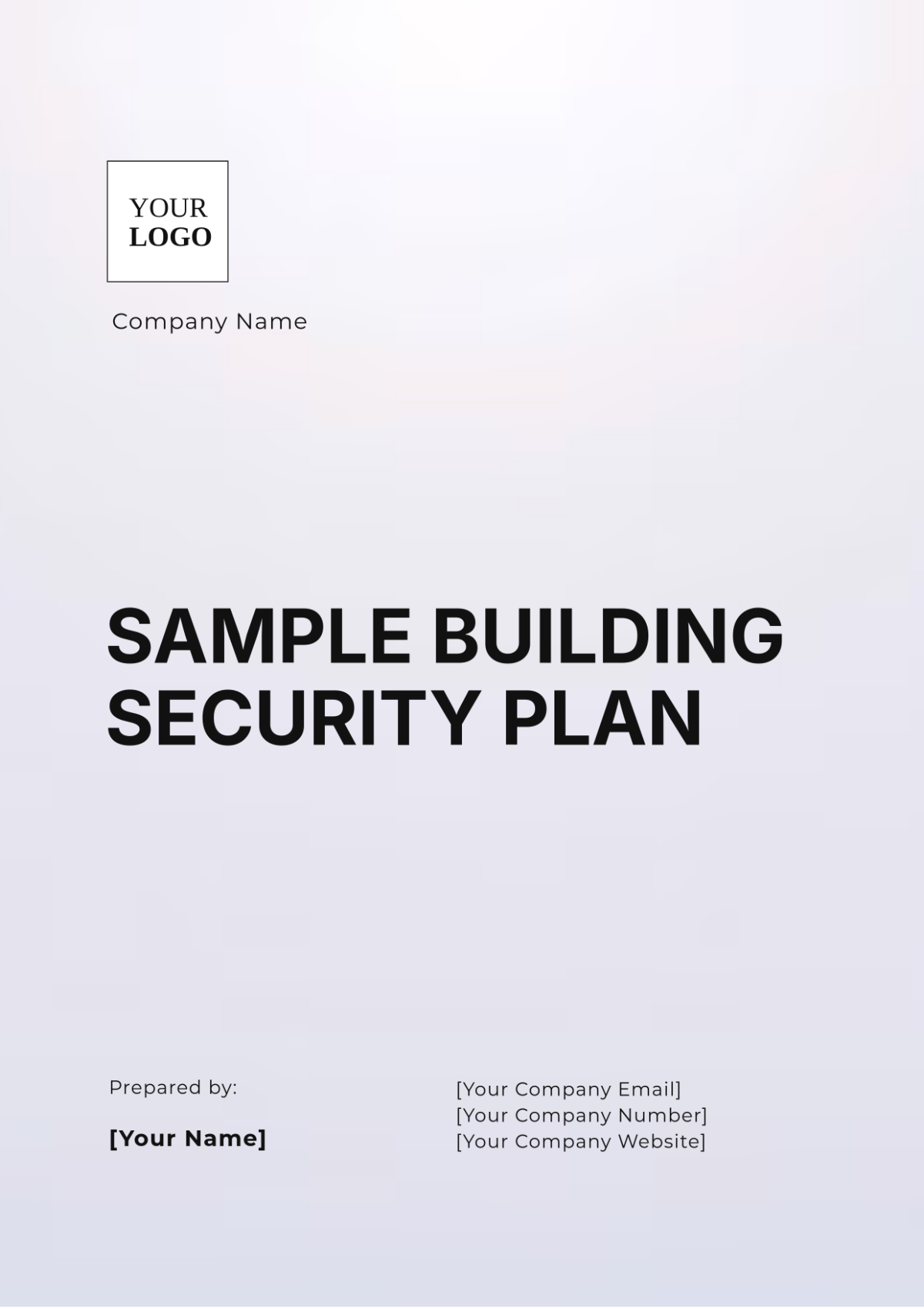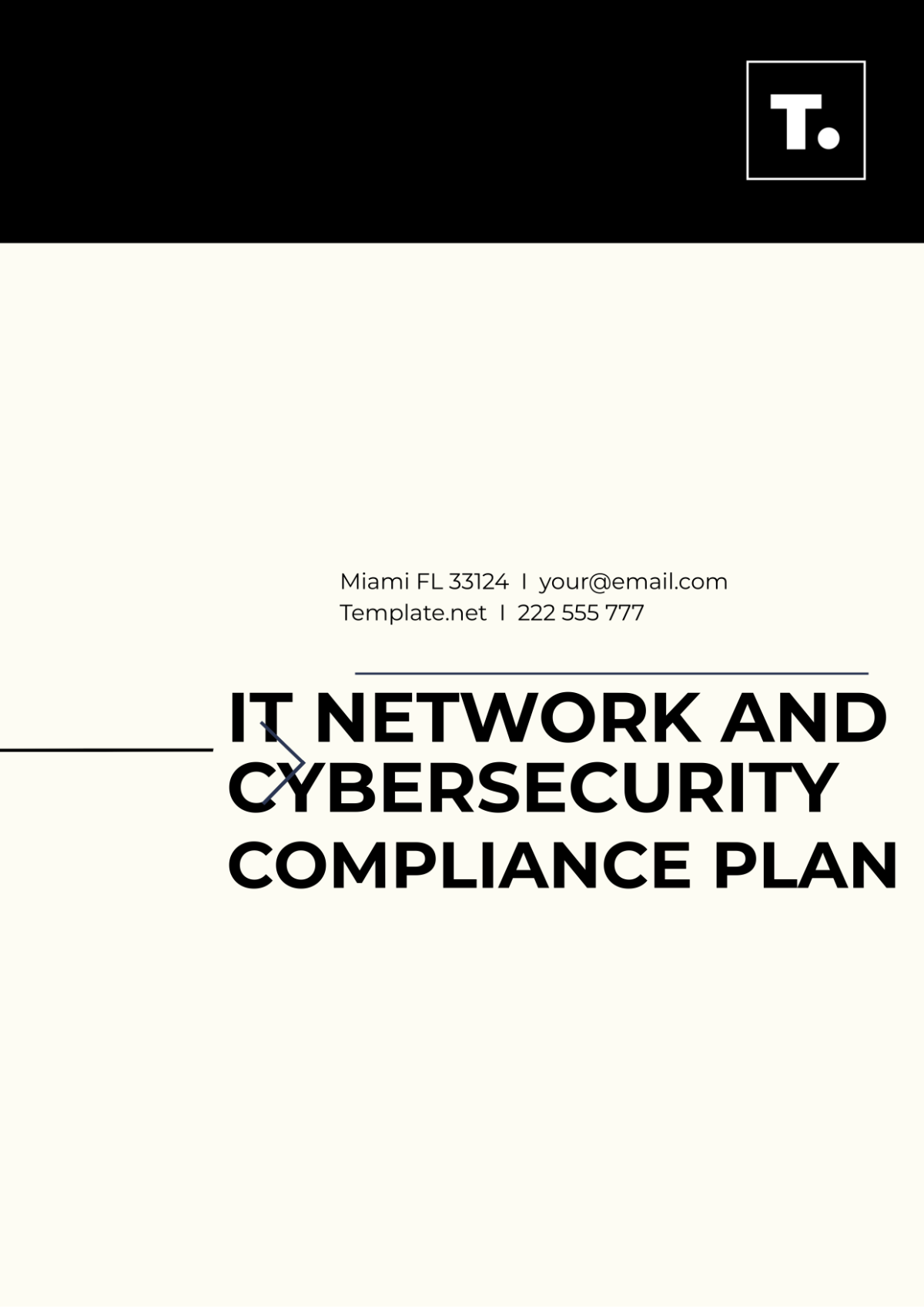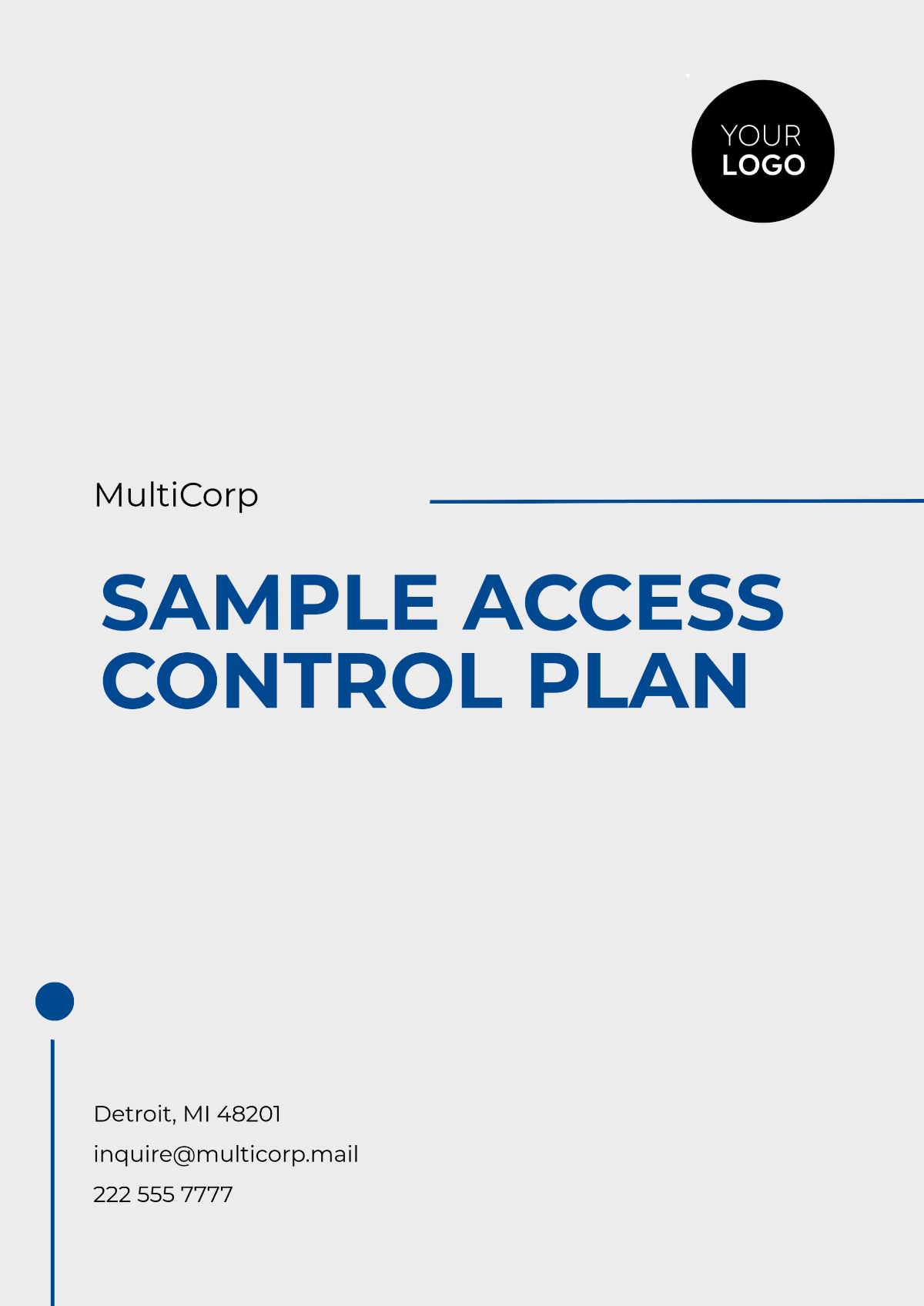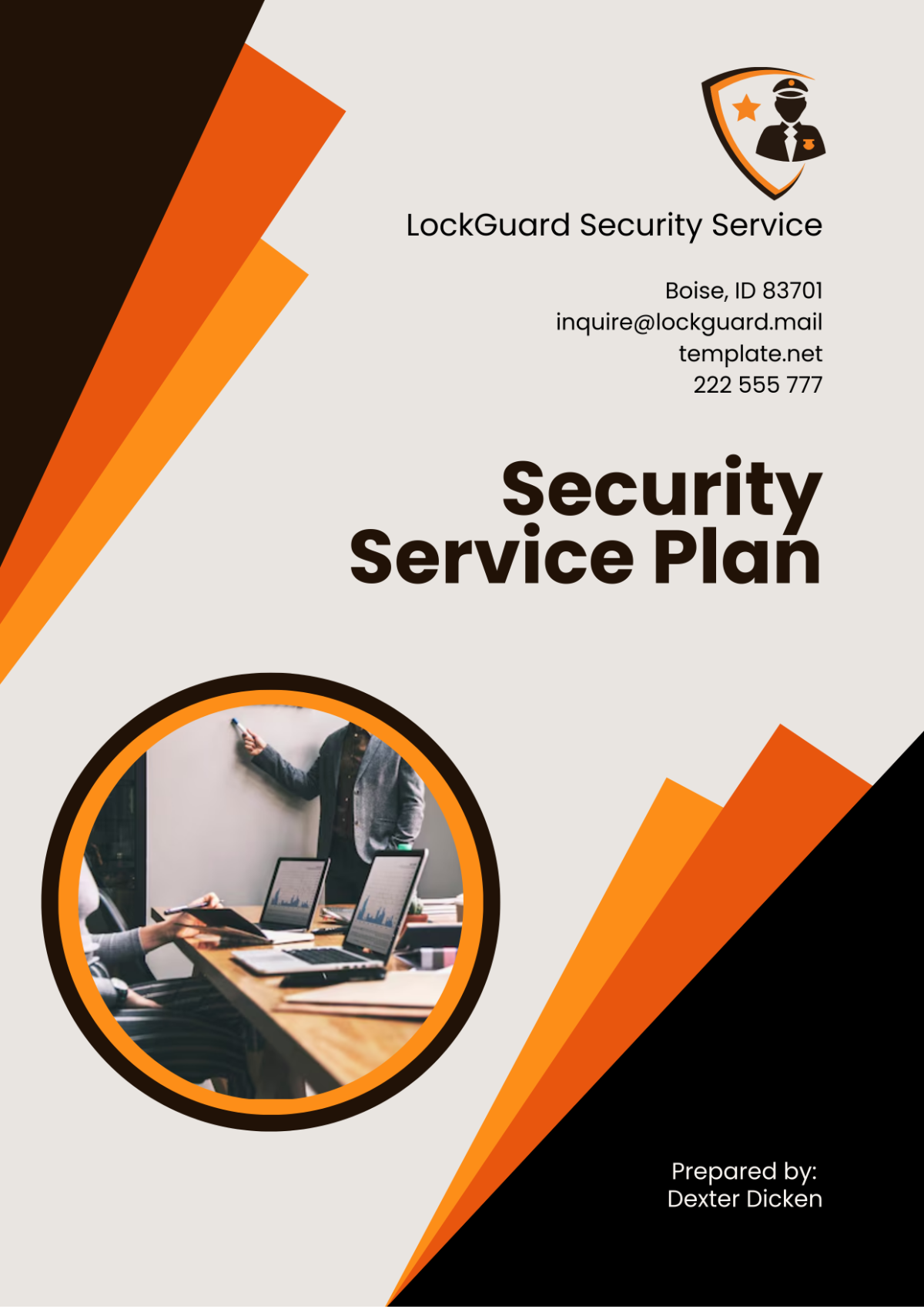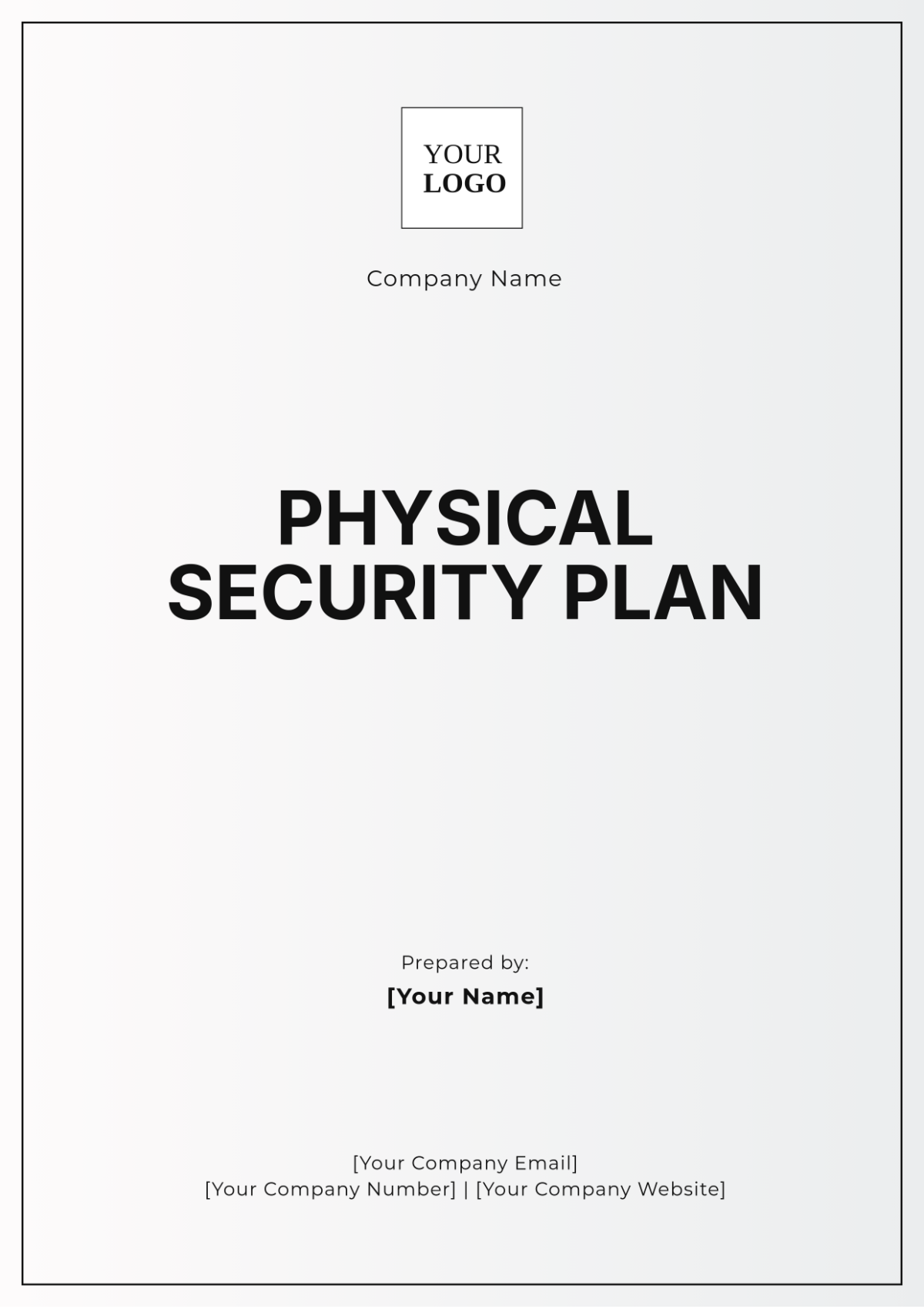Sample Building Security Plan
Ensure the safety and security of the building and its occupants is a top priority. This comprehensive Building Security Plan outlines measures designed to protect the premises from various threats, including unauthorized access, theft, vandalism, and emergencies. By fostering a secure environment, we aim to enhance productivity, protect assets, and ensure the safety of all individuals within the facility.
I. Introduction
This section provides an overview of the security objectives and the scope of the security plan. The plan integrates physical security measures, personnel policies, and emergency preparedness into a cohesive approach that aligns with organizational goals and regulatory requirements.
Objectives:
Establish a secure environment for all employees, contractors, and visitors.
Mitigate risks associated with potential security breaches and emergencies.
Promote a culture of security awareness throughout the organization.
II. Security Policies and Objectives
A. Security Goals
Prevent Unauthorized Access: Implement measures to restrict access to sensitive areas of the building, safeguarding against potential threats.
Protect Assets and Information: Establish protocols to secure physical and intellectual property against theft and damage.
Ensure Safety and Well-being: Maintain a safe environment that promotes the health and well-being of all occupants, reducing anxiety and enhancing morale.
Emergency Response Preparedness: Equip staff with the necessary training and tools to respond effectively to emergencies and security incidents.
B. Scope of the Plan
Applicable Stakeholders: The plan applies to all employees, contractors, visitors, and service providers.
Coverage Areas: Encompasses all areas of the building, including entry points, common spaces, storage rooms, and restricted areas.
Incorporation of Procedures: The plan incorporates emergency procedures, incident response plans, and reporting mechanisms to ensure swift action during any security event.
III. Physical Security Measures
A. Access Control
Implementing strict access control measures to prevent unauthorized entry is crucial for building security. This section outlines the systems and procedures in place:
Key Card Access Systems: All entry points will be secured with electronic key card systems, limiting access to authorized personnel.
Temporary Access Badges: Visitors and contractors will be issued temporary badges, requiring sign-in and sign-out procedures to track their presence.
Access Audits: Regular audits of access logs will be conducted to identify and revoke access for unauthorized or inactive users, ensuring current access rights align with security protocols.
B. Surveillance Systems
Surveillance systems play a vital role in monitoring activities and deterring criminal behavior. This section highlights the key components and their features:
CCTV Cameras: Installation of high-definition cameras at strategic locations, including entrances, exits, parking areas, and high-traffic zones, to provide comprehensive coverage.
24/7 Monitoring: Trained security personnel will monitor feeds continuously, enabling rapid response to any suspicious activities or incidents.
Footage Review Protocols: Surveillance footage will be reviewed regularly and retained for a predetermined period to assist in investigations if necessary.
C. Security Lighting
Effective lighting is essential for visibility and the deterrence of potential intruders. Key measures include:
Motion-Activated Lights: Installation of motion-sensor lights in key areas, such as walkways and entrances, to ensure well-lit environments during low-visibility conditions.
Lighting Maintenance: Regular inspections and maintenance of all lighting fixtures will be conducted to ensure optimal functionality and coverage.
IV. Personnel Security
A. Employee Training
Ensuring that employees understand and adhere to security protocols is essential. Key components include:
Security Awareness Training: Regular training sessions will educate staff on recognizing potential threats and proper responses, including active shooter and lockdown procedures.
Emergency Drills: Conducting regular drills for emergency and evacuation procedures to ensure preparedness and familiarity with protocols.
B. Background Checks
Conducting comprehensive background checks on all employees helps mitigate risks. The process includes:
Verification Process: Thorough checks on employment history, educational qualifications, and criminal records will be performed before hiring.
Periodic Re-evaluation: Conduct regular reviews and updates of personnel files to ensure ongoing compliance with security standards.
V. Emergency Preparedness
A. Emergency Response Plan
This section outlines actions during emergencies such as fires, medical incidents, or security breaches:
Evacuation Protocols: Established protocols for safe evacuation, including clearly marked exits and designated assembly points outside the building.
Emergency Response Teams: Designation of specific individuals or teams responsible for coordinating emergency responses, conducting drills, and updating plans as needed.
B. Communication Protocols
Effective communication is crucial during emergencies. The table below outlines communication methods and responsible personnel:
Emergency Situation | Communication Method | Responsible Personnel |
|---|---|---|
Fire Incident | PA System, Mobile Alerts | Fire Warden |
Security Breach | Alarms, Email Notification | Security Team Leader |
Medical Emergency | PA System, Direct Communication | First Aid Coordinator |
VI. Review and Improvement
Regularly reviewing and updating the security plan ensures its continued effectiveness and relevance. This includes:
Annual Reviews: Comprehensive annual assessments of security measures, policies, and technologies to identify areas for improvement.
Feedback Mechanisms: Gathering feedback from employees and security personnel to identify gaps and enhance training and protocols.
Incorporating New Technologies: Staying informed about the latest security technologies and methodologies to adapt and enhance the existing security framework.

